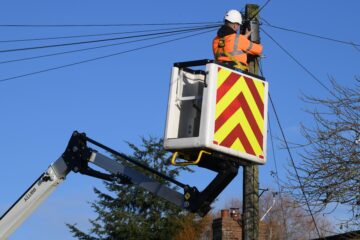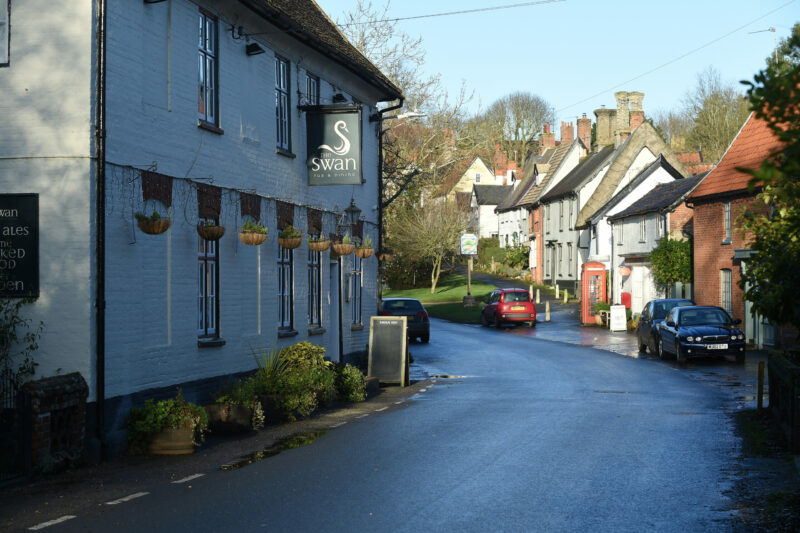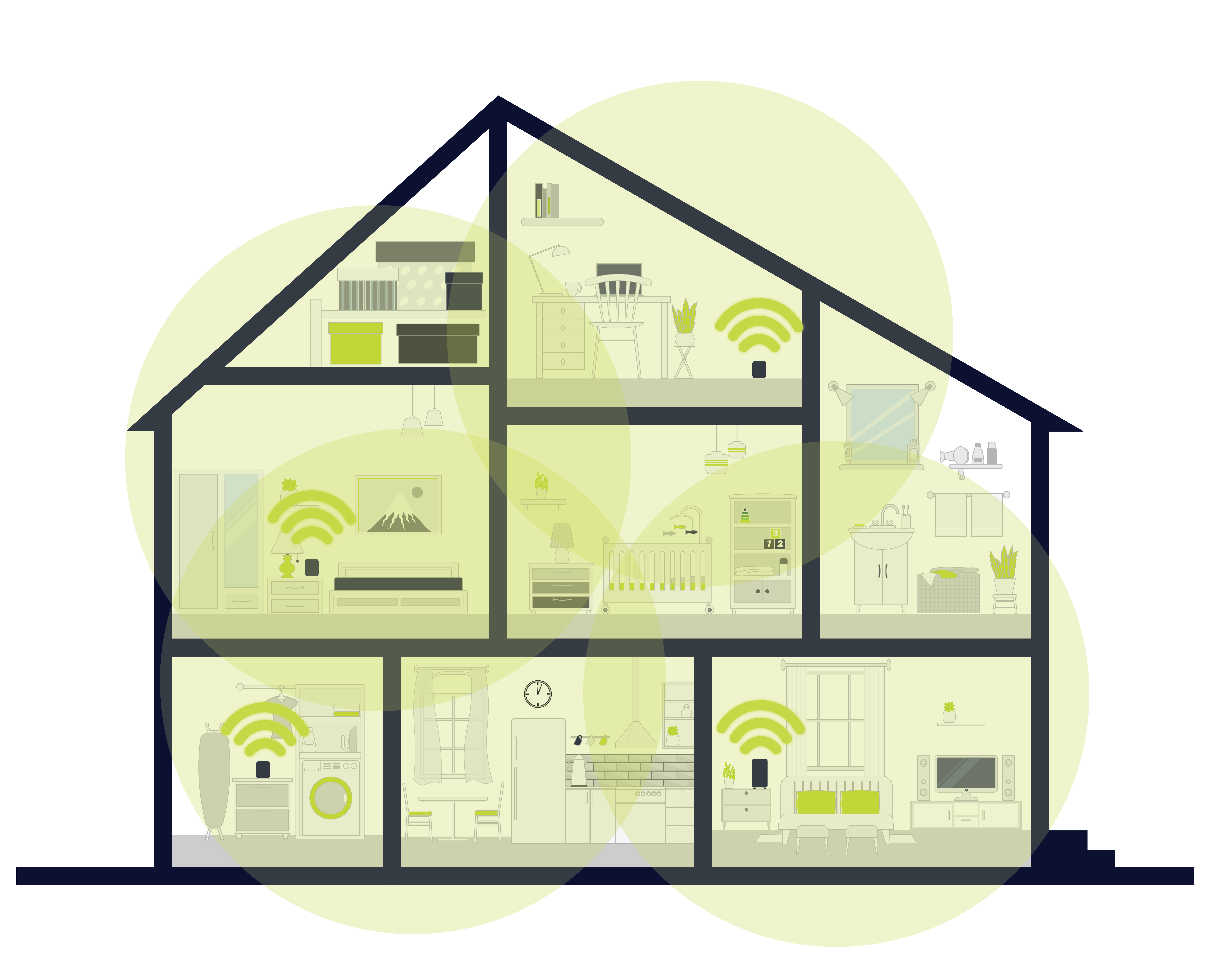The UK remains outside the world’s top 50 for broadband speed performance and lags behind the likes of Peru, Saint Lucia and Moldova, in the latest global league table, according to a new report.
However, East of England rural provider County Broadband has pledged to help push the UK up the global rankings with its gigabit-speed full fibre infrastructure rollout reaching thousands of rural and remote residents and businesses across the region, along with several other alternative-network (alt-net) providers that now comprise around half of all full fibre connections in the UK*.
New analysis of data from Ookla, an industry-leading internet speed test firm, shows the UK stayed in 56th place for fixed line broadband performance between 2022 and 2023. Fixed line broadband means any physically connected fixed line, such as old copper-based superfast connections or new gigabit speed full fibre broadband. It excludes 5G and other mobile-based internet connectivity.
The UK’s average fixed line download speeds rose from 69Mbps (megabits per second) in 2022 to 84 Mbps in 2023 – an increase of 22%. Upload speeds rose from 18 Mbps to 24 Mbps (up 33%).
This was due to both the increased prevalence of full fibre networks being built around the country as the UK aims to keep up with modern data demands and catch up with the rest of the world that transitioned to full fibre much earlier this century, as well as higher full fibre take-up rates among residents and businesses from current old, slow and unreliable copper superfast connections.
The global fixed line download average speed went up from 72 Mbps in 2022 to 87 Mbps in 2023 – an increase of 21%. Upload speeds rose from 31 Mbps to 40 Mbps (up 29%).
Singapore was ranked first (264 Mbps) with China fifth (230 Mbps), United States seventh (215 Mbps) and France 10th (200 Mbps). With the UK ranked 56th at 84 Mbps, countries like Peru (48th, 93 Mbps), Saint Lucia (46th, 99 Mbps) and Moldova (39th, 108 Mbps) were higher in the table.
Full fibre broadband, also known as Fibre-To-The-Premises (FTTP), is the installation of fibre optic cables directly into premises. The new large-scale FTTP infrastructure provides speeds of up to 1,000 Mbps (gigabit-capable) that is 11 times quicker than current copper superfast networks. Full fibre can also be upgraded to 10,000 Mbps in the future and provides vastly superior network reliability due to the technology of the fibre optic cables.
In contrast, copper-based superfast connections are based on Fibre-To-The-Cabinet (FTTC) Victorian technology in which fibre cables are sent to roadside cabinets and distributed via copper cabling.

A County Broadband spokesperson said: “Despite continuing growth in full fibre rollouts and take-up rates across the country, including with our networks in rural East of England, it is disappointing to see the UK still being ranked outside the world’s top 50 for broadband performance in Ookla’s well-respected global league table.
“The figures suggest the UK is starting to catch up with the rest of the world, with slighter higher percentages on download and upload average speed increase for fixed lines, but it is no secret that the only way for the UK to get closer to the likes of France and USA and reap all the benefits of much faster and far more reliable broadband is through full fibre connections.
“County Broadband is committed to scaling up our current networks and helping to ensure as many premises as possible in our local communities are fully connected, so they too can enjoy the wide-ranging benefits of full fibre, from remote working and online banking to streaming and gaming.”
In total, County Broadband is designing, building and deploying full fibre broadband in over 250 villages and market towns across the East of England, backed by a combined £146 million of private investment from Aviva Investors, to help drive local economic growth and provide reliable access to modern online services in response to rising demand for better internet in rural and remote areas.
The government has set a flagship target to deliver gigabit-capable speeds across the UK by 2030. It is relying on local firms like County Broadband backed by private investment to roll out the full fibre infrastructure to achieve its target and boost economic growth. The government has also said superfast copper networks are not fit for modern purposes due to poor speed and reliability.
East of England rural community provider County Broadband, based in Aldham, near Colchester in Essex, specialises in designing, building and deploying full fibre infrastructure in rural and hard-to-reach communities which have been typically overlooked by large national providers. The rollout is also helping to bridge the rural and urban digital divide and support local economic development.
Residents and businesses can check if they are covered in County Broadband’s rollout by entering their postcode at www.countybroadband.co.uk where they can also register their interest in finding out more about the infrastructure and service.
* https://www.thinkbroadband.com/news/9816-alternate-full-fibre-networks-now-covering-3-out-of-10-uk-premises






